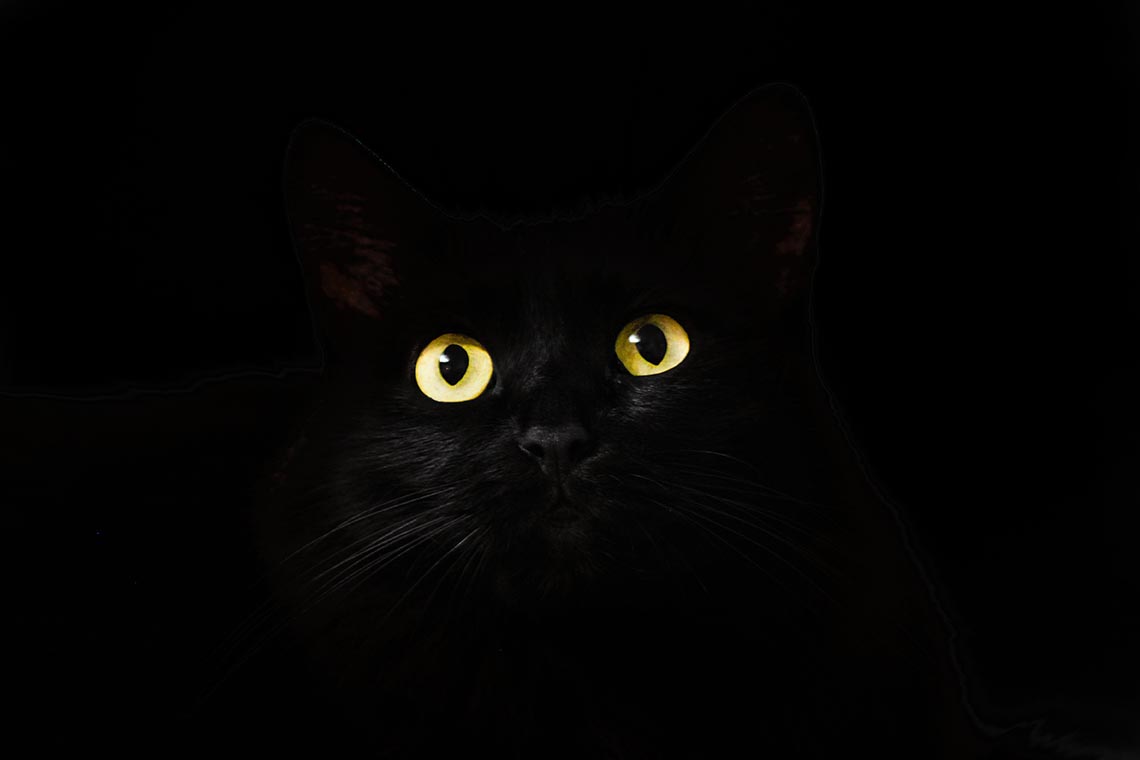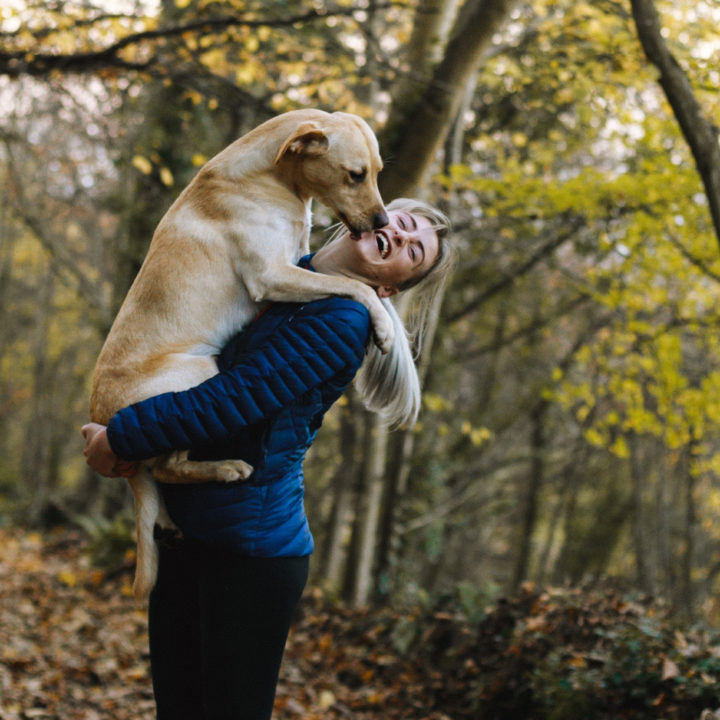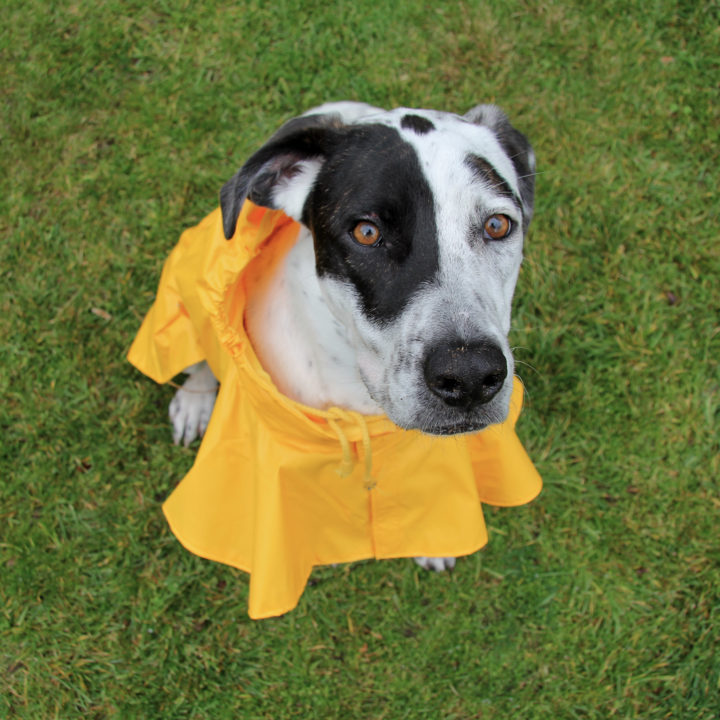As a vet one of the most common poisonings I see at this time of year is xylitol poisoning. Xylitol is a common sweetener used in confectionary and many dogs often try to grab a few treats given any opportunity! The issue arises because the canine metabolism does not recognise it as a sweetener but acts as though it is pure sugar. The pancreas releases insulin into the bloodstream, and thus the dog’s blood sugar level can drop dangerously low. This can lead to wobbliness, collapse, seizures and liver failure. If you see your dog eating treats containing xylitol or your dog displays any of these symptoms then please contact your vet immediately.

Chocolate is a year-round danger and I’ve written about it before but the abundance of chocolate within reach of our dogs at Halloween make it worth recapping. Dark chocolate is the most dangerous and has the highest levels of theobromine, a chemical similar to caffeine. Theobromine can cause a variety of symptoms including hyperexcitability, tremoring, seizures, breathing problems and cardiac issues such as a rapid heart rate.
Glow sticks may seem an odd choice for pets to eat but sometimes they make bad decisions. Whilst the luminous fluid inside is not particularly toxic we recommend making sure your pets can’t access them. The fluid contains phthalates which have an irritant effect and bitter taste. This usually causes excessive drooling and hyperactivity, but can cause vomiting and lethargy.

Fake spider web material poses a risk to all pets, but especially cats who may accidentally get it wraps around their tongue and/or swallow it. String-like objects can be very hazardous to our pets as the gut can struggle to pass the inorganic material and the intestines can become bunched up and ultimately rupture, causing severe life-threatening peritonitis. If you see your cat eat anything thread like please call your vet for advice.
There have also been a few reported cases of pets eating unexploded fireworks and unused sparklers. Fireworks contains a huge variety of chemicals that can cause a range of symptoms; from vomiting and diarrhoea to high blood pressure and abnormal heart rhythms. Sadly, there are often cases of pets sustaining blast injuries, eye injuries and burns from exploding fireworks. Have a look at my blog about firework anxiety here.
As always, let me know if you have any questions and any topics you’d like me to write about.





Comments